Driving in India is a daily challenge, with heavy traffic, unpredictable road conditions, and varying interpretations of traffic laws. Many drivers rely on hearsay rather than actual legal provisions, leading to widespread misconceptions about what is legal and what is not. Some common myths, like driving with flip-flops being illegal, have been passed down for years without any real legal backing.
In this blog, we will debunk some of the most common Indian traffic law myths, ensuring that you drive with the right knowledge and confidence.
Is Driving With Flip-Flops Illegal in India?

A common belief among Indian drivers is that wearing flip-flops or driving barefoot is against the law. However, there is no specific law in India that prohibits driving with flip-flops, sandals, or barefoot. While wearing inappropriate footwear may affect your driving comfort and control, it is not explicitly illegal.
Why This Myth Exists:
Safety Concerns – Flip-flops can slip off easily and get stuck under the pedals, making driving dangerous.
Foreign Influence – Some countries, like Spain and certain U.S. states, have laws against driving with flip-flops, leading to the assumption that India follows similar rules.
Driving Test Advice – Many driving instructors advise against wearing slippers while driving, which has been misinterpreted as a legal rule.
What’s the Reality?
While it is not illegal, it is highly recommended to wear closed-toe shoes while driving to ensure better grip and control over the pedals, especially during emergency braking situations.
Other Common Traffic Misconceptions in India
1. You Must Always Carry the Original Driving License
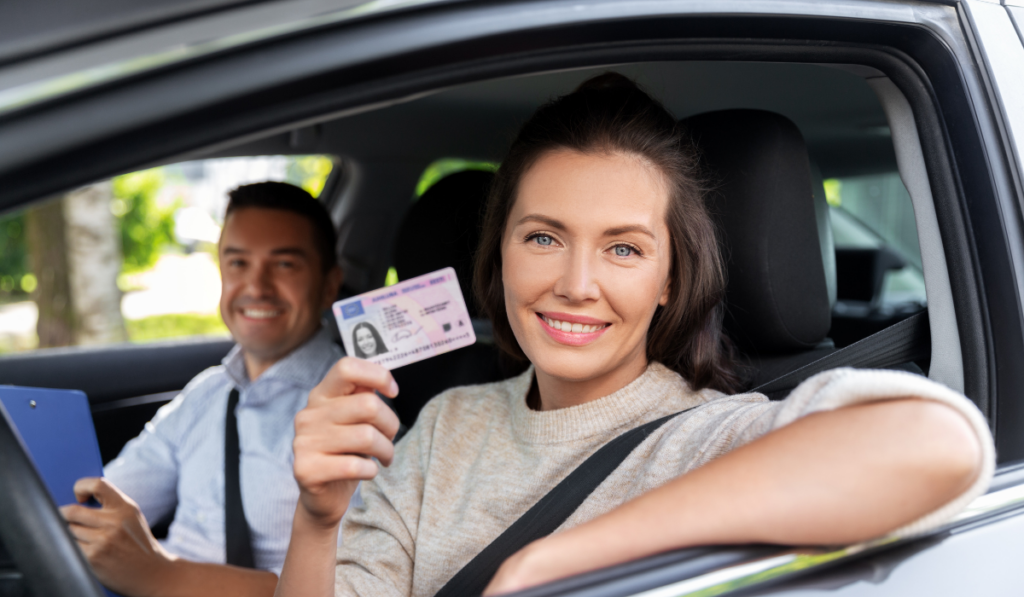
Myth:
Many believe that only an original driving license is valid and that a digital or photocopy version is not acceptable.
Reality:
As per the Motor Vehicles (Amendment) Act, 2019, you can carry a digital copy of your driving license on government-approved apps like DigiLocker or mParivahan. Police officers must accept these digital copies as valid proof.
2. Carrying Only a Photocopy of Your Documents is Enough
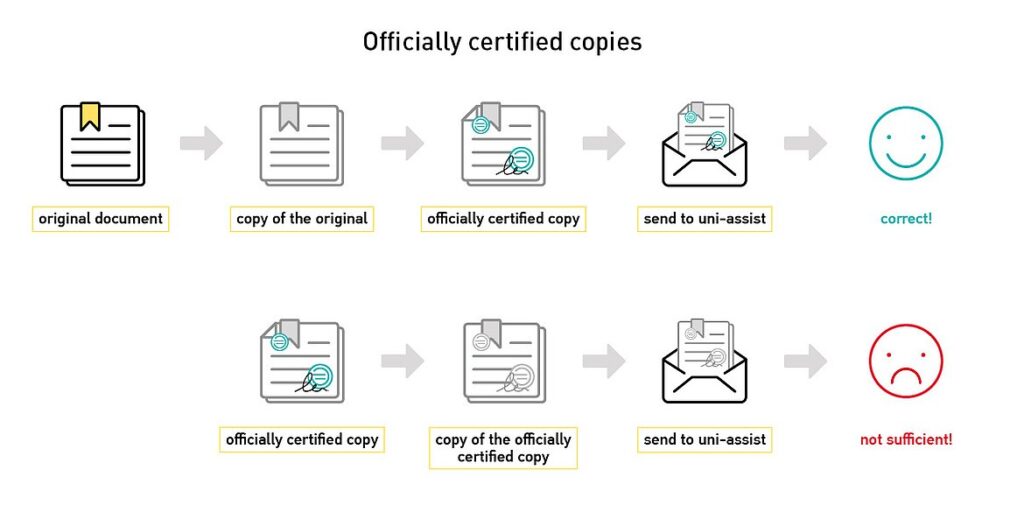
Myth:
A photocopy of vehicle documents like the RC (Registration Certificate), PUC (Pollution Under Control), and Insurance is sufficient.
Reality:
Photocopies are not always valid. It’s best to carry digital versions of these documents on DigiLocker or mParivahan, as they are legally recognized. Physical photocopies might not always be accepted by traffic police.
3. Using a Hands-Free Device for Calls While Driving is Legal

Myth:
Using a hands-free Bluetooth device for calls while driving is completely legal.
Reality:
According to the Motor Vehicles Act, talking on the phone while driving is a punishable offense, even if you are using a hands-free device. Distracted driving, even without holding the phone, can lead to penalties and accidents.
4. Dark-Tinted Windows Are Allowed If You Have a Doctor’s Prescription
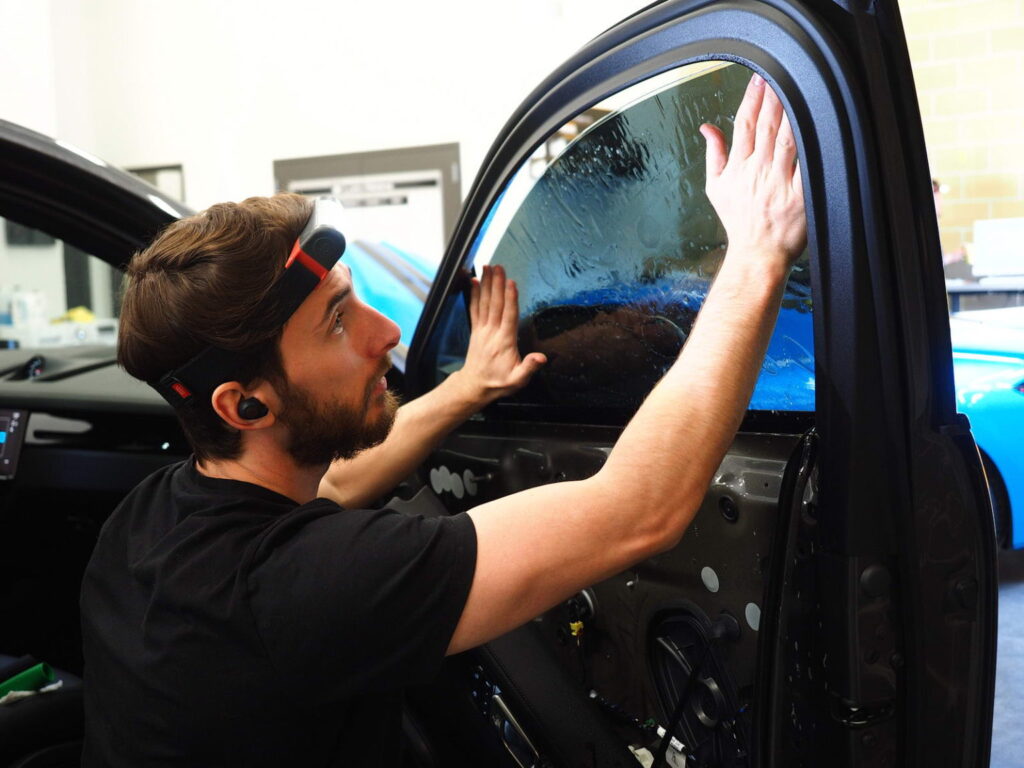
Myth:
People believe that if they have a medical condition (such as sensitivity to sunlight), they can legally use dark window tints with a doctor’s prescription.
Reality:
As per the Supreme Court ruling of 2012, all dark sun films on car windows are banned, regardless of medical reasons. Only factory-fitted tinted glass with at least 70% visibility for front and rear windshields and 50% for side windows is allowed.
5. If Traffic Lights Are Not Working, You Can Drive Through
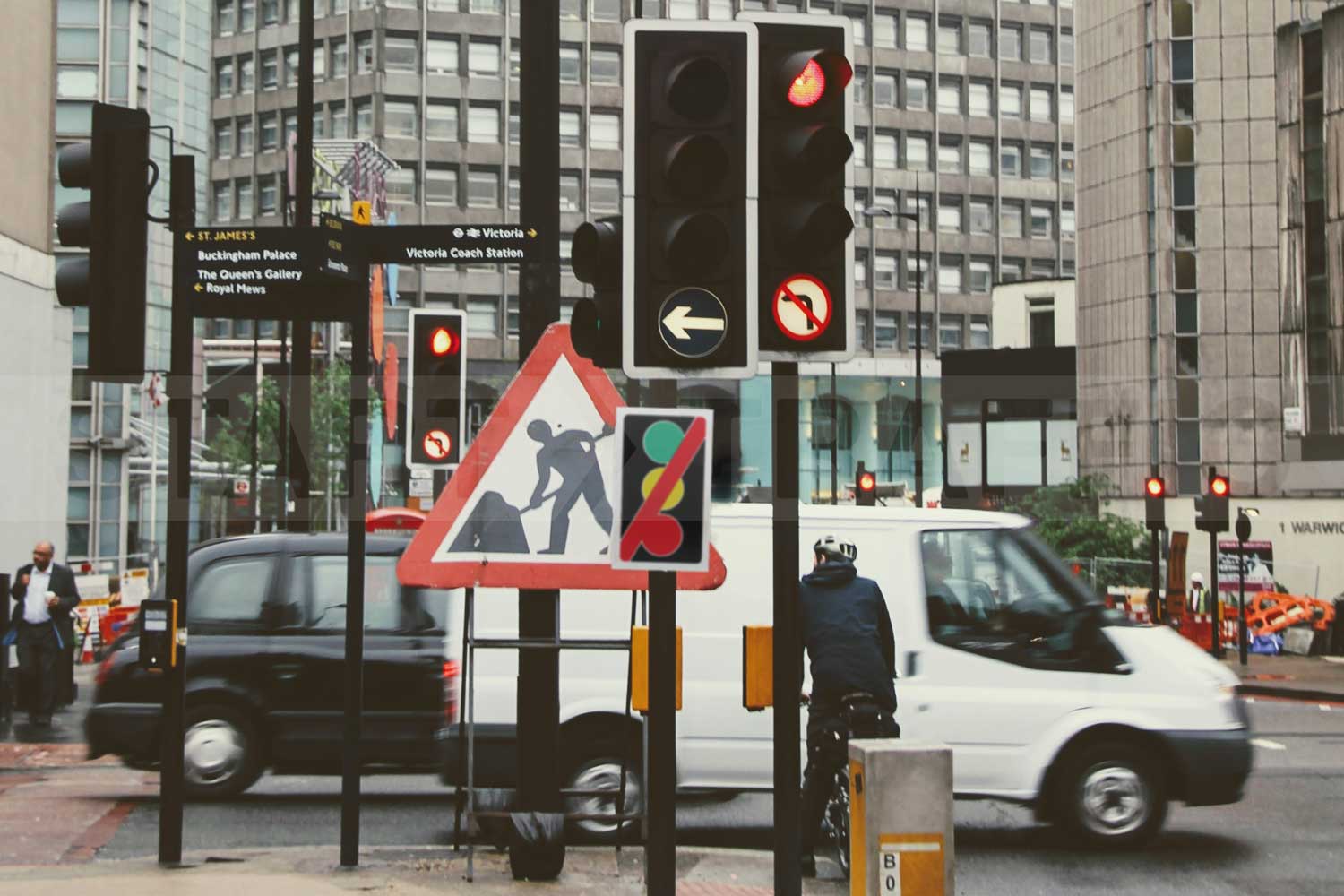
Myth:
If a traffic signal is not functioning, you can simply proceed through the intersection without stopping.
Reality:
When traffic lights are not working, you must follow manual traffic police signals or adhere to the right-of-way rules. Jumping an intersection without proper caution can result in a fine or accident.
6. You Can Make Right Turns Anytime if No Vehicle is Coming
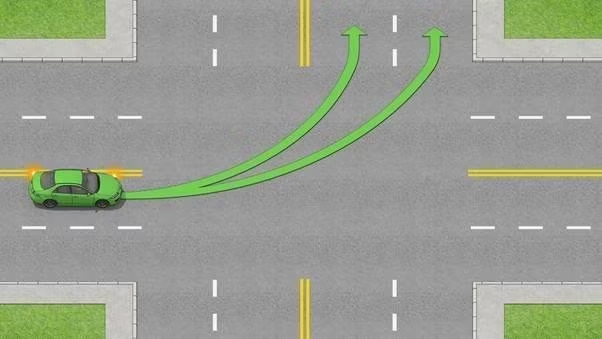
Myth:
Many drivers assume that they can take a right turn at an intersection if there is no vehicle approaching, even if there is no green signal.
Reality:
A right turn is only legal when the signal allows it. Taking an unauthorized right turn can result in a fine of ₹500 – ₹1000, as per the latest amendments to Indian traffic laws.
7. Drinking Beer and Driving is Allowed
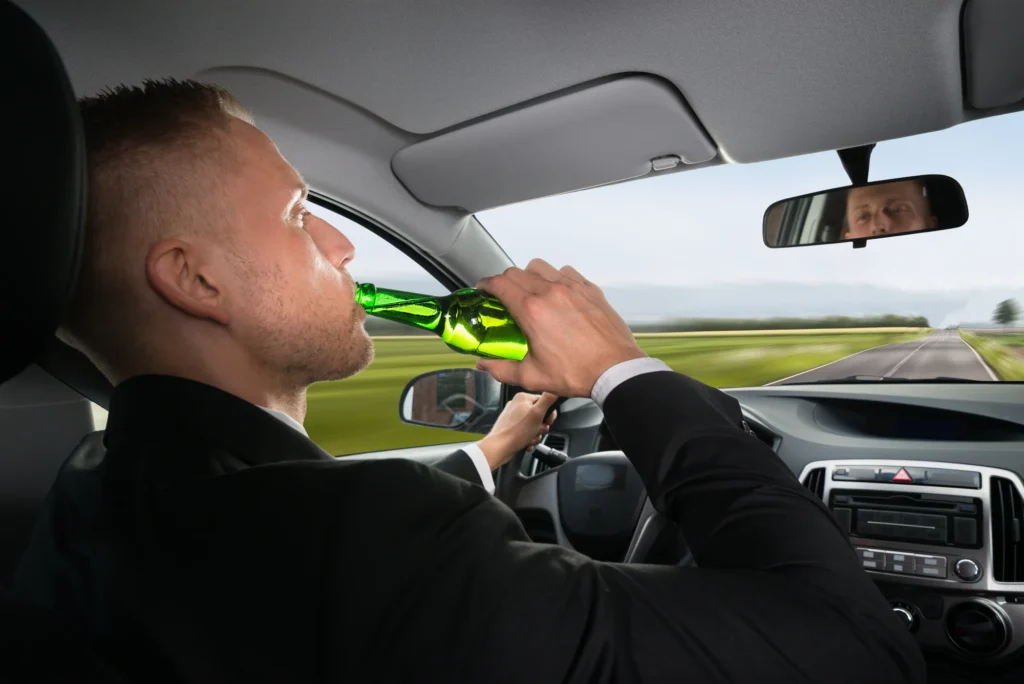
Myth:
Some people believe that drinking beer or light alcohol before driving is fine since it has a lower alcohol content.
Reality:
The legal blood alcohol limit in India is 30 mg per 100 ml of blood (approximately one drink for an average person). However, it is best to avoid any alcohol before driving because even a small amount can impair reaction time and lead to fines or imprisonment under Section 185 of the Motor Vehicles Act.
8. Wearing a Seat Belt is Not Necessary for Rear Passengers

Myth:
Seat belts are only mandatory for front-seat passengers.
Reality:
As per Indian traffic laws, rear passengers must also wear seat belts. Failure to do so can result in a ₹1000 fine. Studies show that wearing a seat belt reduces the risk of fatalities in accidents by 50%.
9. Motorcycles Can Use the Footpath in Traffic Jams

Myth:
Two-wheelers are allowed to ride on the footpath during heavy traffic.
Reality:
This is completely illegal and can result in hefty fines. Riding on the footpath endangers pedestrians and can lead to accidents.
10. Honking Loudly Will Make the Traffic Move Faster
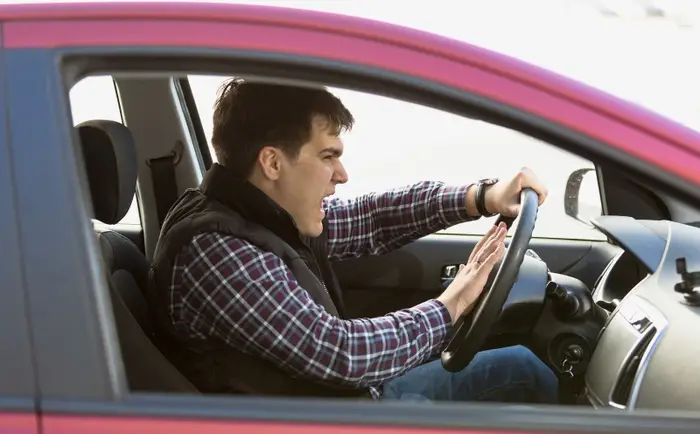
Myth:
Blowing the horn aggressively will make other vehicles move faster in traffic.
Reality:
Honking excessively is not only ineffective but also a punishable offense in many Indian cities, especially in no-honking zones like hospitals and schools. Unnecessary honking can result in fines ranging from ₹1000 – ₹2000.
Conclusion
Understanding real traffic rules can help you become a responsible driver and avoid unnecessary penalties. Many commonly believed myths about Indian driving laws have no legal basis, leading to confusion among drivers.
Key takeaways:
- Driving in flip-flops is not illegal, but not recommended.
- Digital copies of vehicle documents are legally valid.
- Talking on the phone while driving is illegal, even hands-free.
- Dark-tinted windows are banned, no exceptions.
- Traffic laws must be followed even in non-functional signal zones.
To drive safely and legally in India, always refer to official road safety guidelines and traffic laws rather than relying on word-of-mouth myths. Stay informed, drive smart, and make Indian roads safer for everyone!








